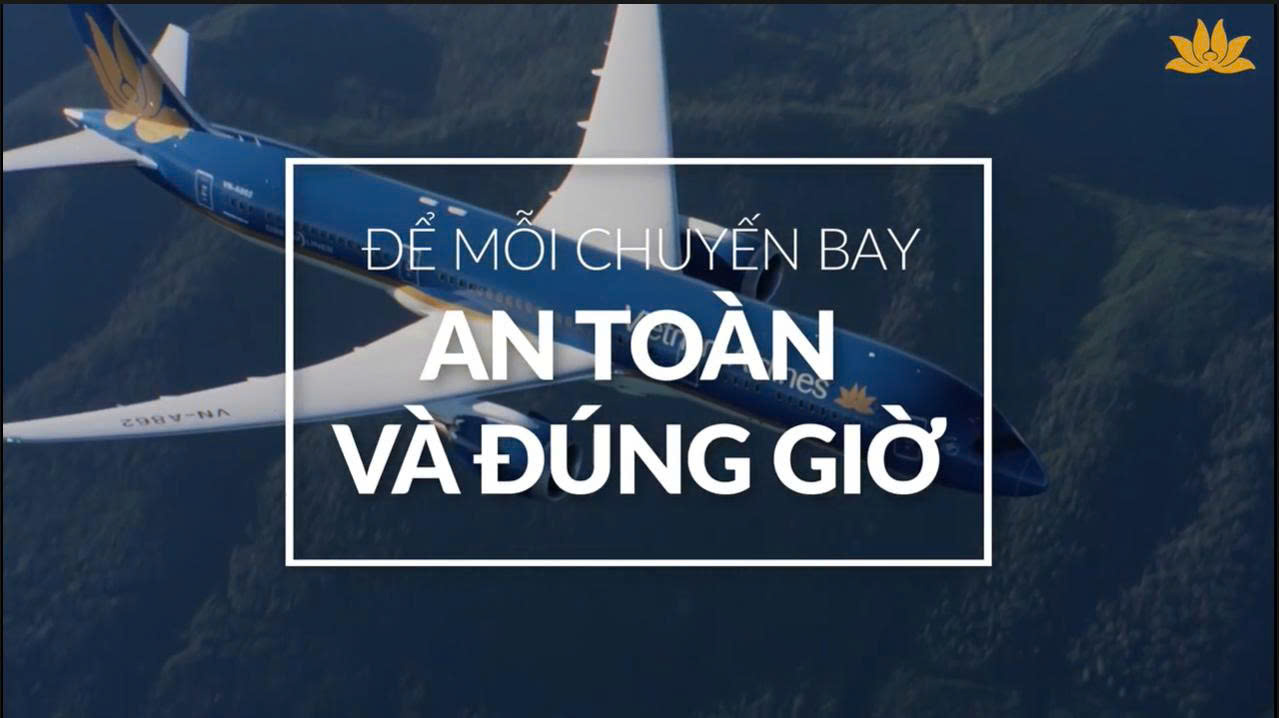It was a period in the region’s history marked by rapid growth, drawing thousands upon thousands of blue-collar workers to keep up with defense contracts, whose numbers dipped at the end of the conflict but continued through the Cold War. And what’s left standing in the neighborhoods we now call home after the rise of aviation giants such as Lockheed, Douglas Aircraft and Northrop may surprise you. There is everything from blocks of housing developments to an art deco movie theater and a nondescript concrete slab in a neighborhood park. In both obvious and subtle ways, these aircraft companies have transformed our urban landscape — and even what’s right below it.
Burbank
In the suburban enclave of Burbank, many longtime residents have assumed, incorrectly, one characteristic of some the city’s streets that has nothing to do with aviation history at all. The conversation usually goes something like this when an out-of-towner brings it up:
Visitor: “Wow, your neighborhood’s streets are so wide!”
Resident: “The airport used it for emergency landings.” Or “Yeah, Lockheed used to tow their airplanes through this street to get to the factory.”
These are myths. The airport did not use neighboring streets for landing and an aerial photo from January 1, 1928, shows how wide Lincoln Street (80 feet), for instance, was before Lockheed opened its operations in February 1928 with a mere 50 employees.
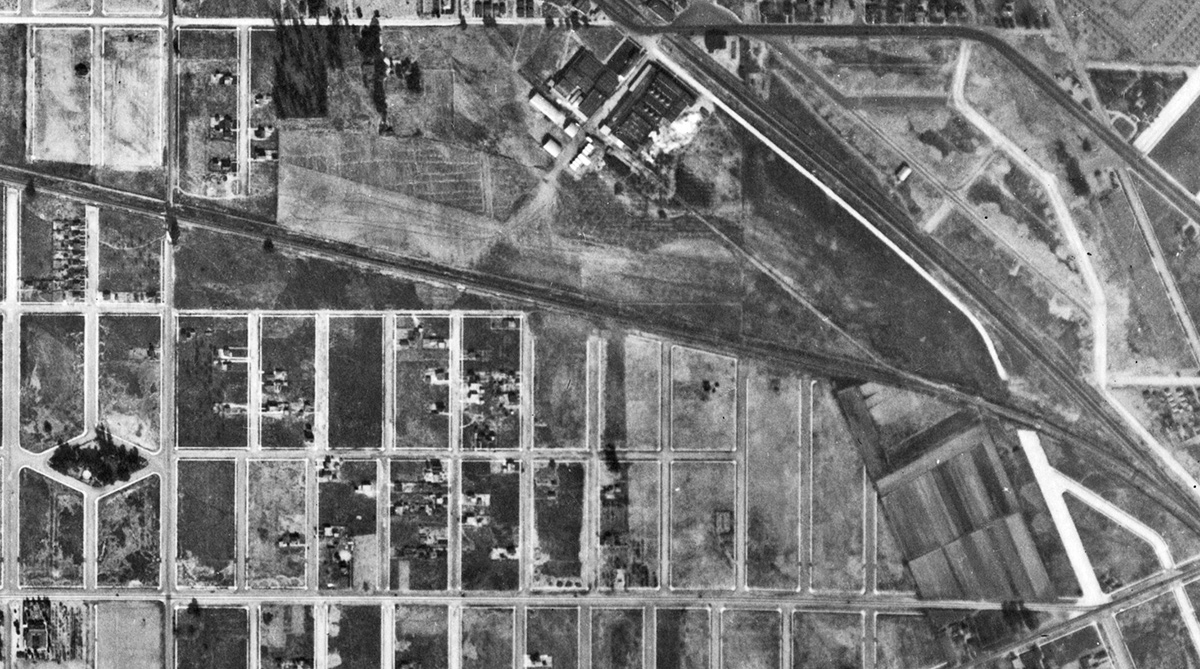 An aerial view of Burbank, between Buena Vista Street (left) and the intersection of Burbank Boulevard, Victory Boulevard and Victory Place(right), on January 1, 1928 shows that streets were wide even before Lockheed established itself in the area. (Photo: Wes Clark).
An aerial view of Burbank, between Buena Vista Street (left) and the intersection of Burbank Boulevard, Victory Boulevard and Victory Place(right), on January 1, 1928 shows that streets were wide even before Lockheed established itself in the area. (Photo: Wes Clark).
But Lockheed is certainly responsible for other significant developments in the area. By World War II, Lakewood’s workforce grew to 90,000 employees, a massive surge that resulted in huge spikes in population. In 1930, there were 16,622 residents in Burbank. “By 1940, Burbank had a population of 34,337, but by 1942, a special census showed it had risen to 53,899, and by 1946 to 62,348,” shares Janae Kambestad, local history librarian of the Burbank Public Library. But there was not enough housing in the area for the large workforce: employees reportedly were spread out in some 150 communities during the early ’40s.
Multifamily Housing
“To accommodate this boom, city officials were advocating for the move from single-family homes to apartments with multiple units,” says Kambestad. That multifamily housing can still be found today along Hollywood Way and other streets like nearby Buena Vista Street. She mentions the apartments at 1828 North Hollywood Way (and its neighbors) — consisting of four one-bed one-bath units — as good examples: “These were built in the late 1940s and into the mid-’50s. This area of town was directly next to the airport, Lockheed and other aviation manufacturers, so it was a convenient place for workers to live.”
A Street
Lockheed View Drive, which is situated between Starlight Bowl and Wildwood Canyon, is one street that acknowledges Lockheed’s pivotal role in helping grow the city, though “that is something of a curiosity in that you cannot see anything of Lockheed there anymore,” says Burbank historian Wes Clark, who has authored three books on the city with longtime friend Mike McDaniel, and manages the Burbankia website. The company’s plant and other corporate offices by Hollywood Burbank Airport are no longer standing. The last of the buildings were reportedly demolished in 2000. If you’ve ever gone shopping at the sprawling aviation-themed Empire Center shopping complex, you have walked where Lockheed’s buildings once stood. McDaniel and Clark lament that many kids in the area today have little knowledge of Lockheed’s long history in the area. When the authors were growing up, “everyone always knew someone who worked at Lockheed,” says McDaniel. Clark, his father and father-in-law all worked for the company. But there are some interesting remnants left, along with one very unfortunate one.
Palm Trees, a Pedestrian Walkway and Park
During wartime, Southern California-based airplane manufacturers and the U.S. military took special care to camouflage factories and airports as a cautionary measure to prevent enemy attack. Artists and set designers from Hollywood studios (including Disney, Paramount, Warner Bros., and 20thCentury Fox) were hired to make the sites appear to be farmland or residential areas when viewed at 5,000 feet. Fake trees, plants, dummy homes, and other materials were placed on top of factories, including Lockheed’s Burbank plant, to create the illusion. According to the company’s site, Col. John F. Ohmer oversaw the transformation of the plant into a SoCal suburb farming community. (In Santa Monica, Donald Douglas had his plant and airstrip designed to blend in with the neighboring homes.)
But the camouflage wasn’t the only precaution the military took. “If you go to Palm Park, which is up in the Verdugo Hills, you’ll see what looks like a concrete structure, and it’s really subtle,” says Clark. Just above the park, right above [the baseball field’s] home plate, the U.S. Army set up anti-aircraft artillery units all around town to protect Lockheed. A cannon was situated there.”
There is a fenced-off road that leads to it, off Orange Grove Terrace, between the Church of Jesus Christ of Latter-Day Saints and Palm Park, shares McDaniel. “It’s a palm tree-lined street that only goes out to that concrete pad … and those palm trees were probably planted by the soldiers.” The very ones who were assigned to guard the Lockheed plant.
There’s also a pedestrian underpass that was constructed between Lockheed’s factory of B-1s and Victory Place, to allow for employee foot traffic. It’s no longer used today but is still there. And nearby at 2800 West Empire Ave. is Robert E. Gross Park. Originally owned by Lockheed and named after the former Lockheed president, it was an employee recreation destination. Clark and McDaniel wrote in their book “Lost Burbank” that Lockheed had one stipulation before donating the park to the city of Burbank in 1993: that the city continue to support the Lockheed Employees Recreation Concert Band by providing rehearsal space free of charge.” The first mention of the band existing was in a company publication dating back to 1940. Today, the band is called the Burbank Community Band and still practices at the park’s community center.
… and Pollution
Something you don’t see at ground level, but was detected about 30 years ago, is that Lockheed’s activities, which spanned 60 years, contaminated the groundwater and soil where its old factories once stood. Such industrial pollution has resulted in many lawsuits, and Lockheed is still working to address groundwater cleanup in Burbank, Glendale and the San Fernando Valley, in conjunction with the Los Angeles Department of Water and Power. “There is still the water treatment plant at the northwest park in Burbank, near Ontario and Hollywood Way. Behind the baseball field is a nondescript building with lots of pipes, painted nicely, but there’s no signage at all,” says McDaniel. “That plant was put there to treat the groundwater underneath the city … because of the chemical dumping that took place at Lockheed. That was part of Lockheed’s environmental ‘repayment.’ They had to build that. It’s still in operation today.”
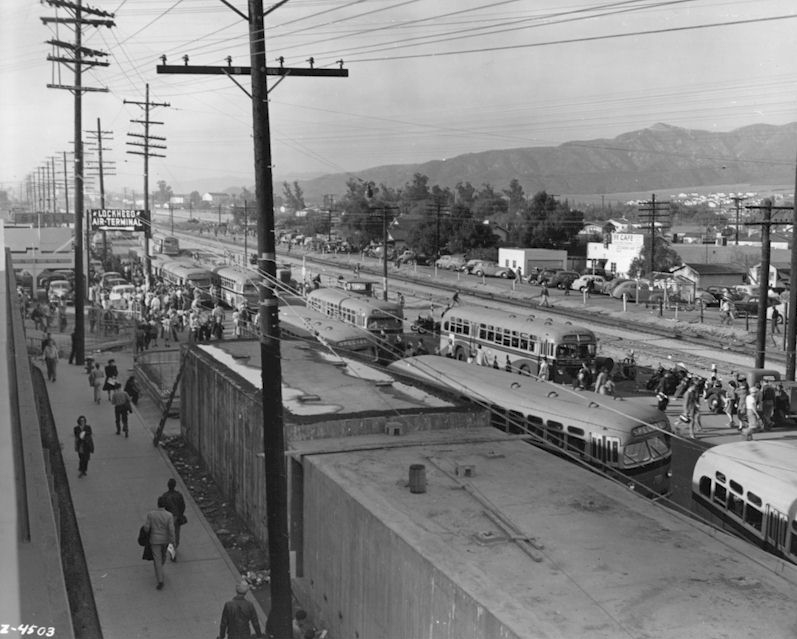
Lockheed’s B-1 plant during wartime on Victory Place. Note the pedestrian underpass entrance (it’s still there, but closed) at left. (Photo: Wes Clark).
Santa Monica
In the coastal city of Santa Monica, even many native Angelenos are unaware of this piece of architectural history: the much-loved Aero Theatre at 1328 Montana Avenue was built by Donald Douglas. Get it, “aero?”
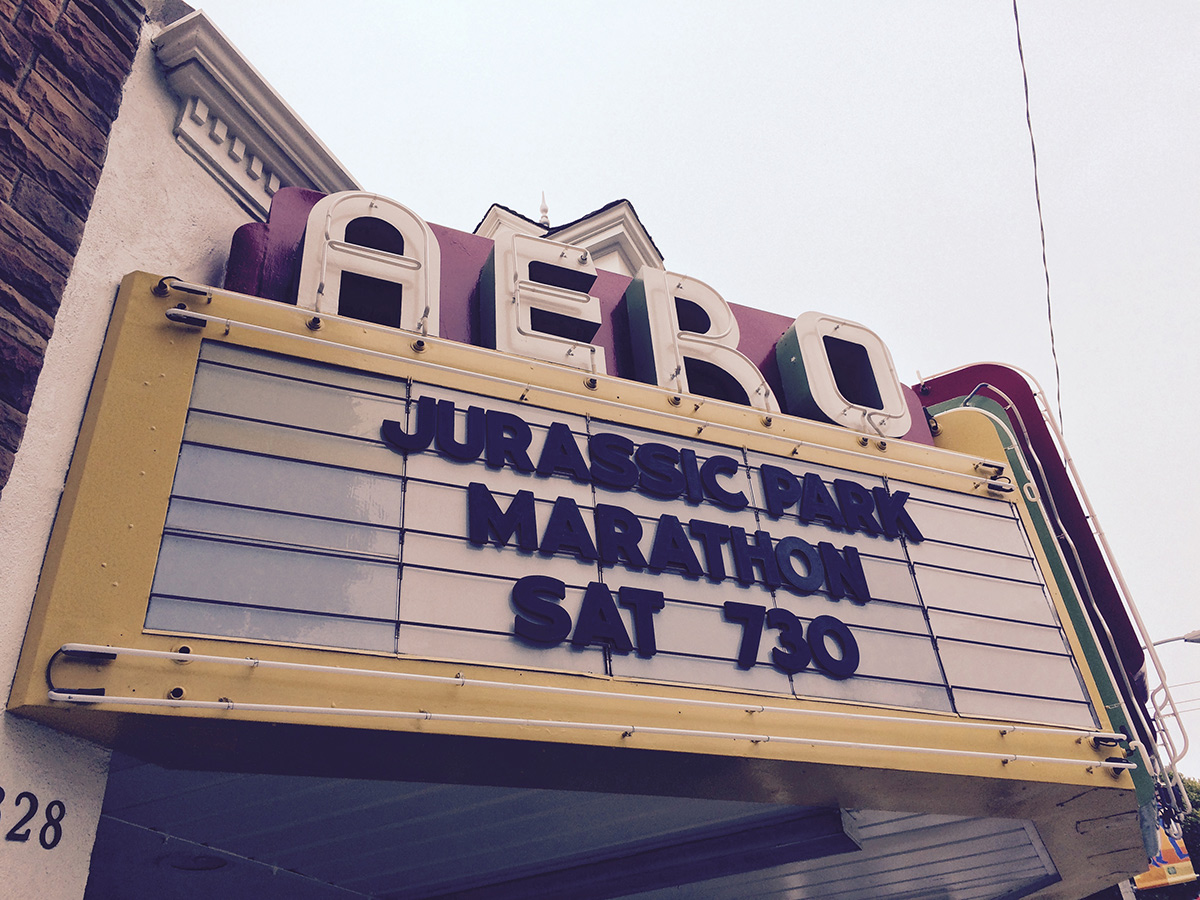 Aero Theatre in Santa Monica. (Photo: Flickr/fredo).
Aero Theatre in Santa Monica. (Photo: Flickr/fredo).
Employee Recreation
Just as Lockheed provided a recreation center and park for its employees, Douglas built the treasured Streamline Moderne Aero Theatre for his workers in 1939. The single-screen movie house opened the following year and during World War II, “like the aircraft plant, the theater was open 24 hours a day so that workers could see movies any time during their off-hours,” according to a Santa Monica Conservancy newsletter. Upwards of 44,000 employees worked at the plant daily. The Aero underwent a million-dollar renovation starting in 2003, care of the American Cinematheque (which still operates it today) and reopened in 2005.
Runways Widened and Streets Rerouted
Douglas Aircraft’s growing presence in the area also carried over to the Santa Monica Airport: “Over the years, runways were expanded and lengthened to accommodate the larger [military] aircraft and the neighborhood around the airport developed to house Douglas employees,” states the Santa Monica History Museum’s recent “Biplanes to Bombers” exhibit brochure. In 1923, the two runways were originally 2,000 feet long each and designed in an X formation. Come 1941, the airport replaced them with a single runway that was 5,000 feet long. According to an early pamphlet from the Santa Monica Airport Association, expanding the airport and runway in 1940 to serve Douglas’ plane production also involved rerouting Centinela Avenue to Bundy Drive for the eastward expansion, and, to the west of the original airfield, select residential-zoned areas were eliminated.
Single-Family Homes
At the same time, however, residential development was happening elsewhere to house Douglas’s growing employee population. The Sunset Park neighborhood — whose boundaries are Lincoln and Pico Boulevards, Centinela Avenue, and Ozone/Dewy — were among the many tracts originally developed for them, according to a 2017 City of Santa Monica historic resources report. The expansion of the factory “created steady demand for housing and Santa Monica effectively became a company town for the burgeoning aircraft industry between the mid-1920s and the 1950s.” Many of the new developments, mostly single-family residences built during the 1940s, still stand today.
In Name
Today Donald Douglas Loop North and South border the Santa Monica Airport, where Douglas aircraft were tested and flown starting in the early ’20s. And Douglas Park on Wilshire Boulevard, near 26th Street, was also named for the founder and is located where the early Douglas plant first stood.
Lakewood
Even before the McDonnell-Douglas Corporation moved its operations from Santa Monica to Long Beach in 1967, the excitement around aviation in the neighboring Lakewood area had already begun, thanks to the arrival of a decommissioned Douglas Aircraft F3D-2 Skyknight.
The Skynight
“The jet arrived in April 1959 painted in Marine Corps colors,” wrote author and former Lakewood public information officer D.J. Waldie on the City of Lakewood site. “Dedicated on Armed Forces Day that year, the jet — repainted dark blue to reflect its night fighter role during the Korean War — was immediately swarmed by dozens of youngsters eager to play make-believe.”
It serves as a veterans memorial at Del Valle Park, also known as Airplane Park, in the center of the city. Originally, it was placed on the park grounds and easily accessible to children, who used it as a play structure. Thus, the condition of the plane deteriorated as parents also raised concerns about their kids’ safety on it. To restore it to its former glory, it was raised on 12-foot-high concrete pylons and repainted.
When the McDonnell-Douglas Corporation moved its operations from Santa Monica to Long Beach in 1967, it also led to residential development in neighboring Lakewood to house its workforce. Real estate developer Clark J. Bonner “turned to Walker and Lee Real Estate to develop the first mass-produced residential tract in Lakewood. The homes were built north of South Street and between Clark Avenue and Bellflower Boulevard,” Waldie wrote. “There were other builders supplying homes to the growing force of workers at Douglas Aircraft. John Griffith and Herbert C. Legg (later a county supervisor) began building the 1,100 homes of the Lakewood City tract (north and south of Carson Street and east of Bellflower Boulevard).
Hawthorne
About 20 miles away, in Hawthorne, former Lockheed chief engineer and Douglas Aircraft designer and corporate partner, John K. Northrop, made his indelible mark there starting in 1939, when his company, Northrop Aircraft, Inc., moved to the city with his 50 employees.
An Airstrip for an Aviator Pioneer
Of course, there’s one thing particularly essential to have within the vicinity of an aviation company’s factory: an airstrip. To entice Northrop to start operations in Hawthorne, the city built a 700-foot-wide, one-mile-long dirt landing strip in 1939, between Prairie Avenue and Crenshaw Boulevard, naming it Northrop Field. According to the Daily Breeze, “The adjoining airstrip was crucial to Northrop’s plan, as he needed it in order to roll planes off the factory’s assembly line and fly them directly to Muroc [which is now Edwards Air Force Base] in the Mojave Desert for testing.” With the airstrip in place (that would later become the Hawthorne Municipal Airport in 1948), Northrop could move ahead with plans for a neighboring 122,000-square-foot, $500,000 factory on a tract of farmland.
Northrop’s factory would open in 1940, and within two years, its workforce grew to more than 2,000 people, during which time Northrop subcontractors also moved into the area. By 1960, Hawthorne was home to 17 aircraft and aircraft parts companies, according to a city brochure in the Hawthorne Historical Society archives, all because Northrop jump-started the aviation industry there.
An Avenue
Today, the mile-long Jack Northrop Avenue runs from Prairie Avenue to Crenshaw Boulevard, running parallel to Hawthorne Municipal Airport’s landing strip that the innovator himself made possible.
Over the years, developers have proposed leveling the airport, but it is a great source of pride for the city, and when the issue was taken to a vote, more than 70 percent chose to preserve it, along with its rich aviation history. As for Northrop’s old neighboring factory, it was renovated and is currently where Elon Musk’s Space X operates (along with 6,000 employees) to pursue other aerospace dreams.
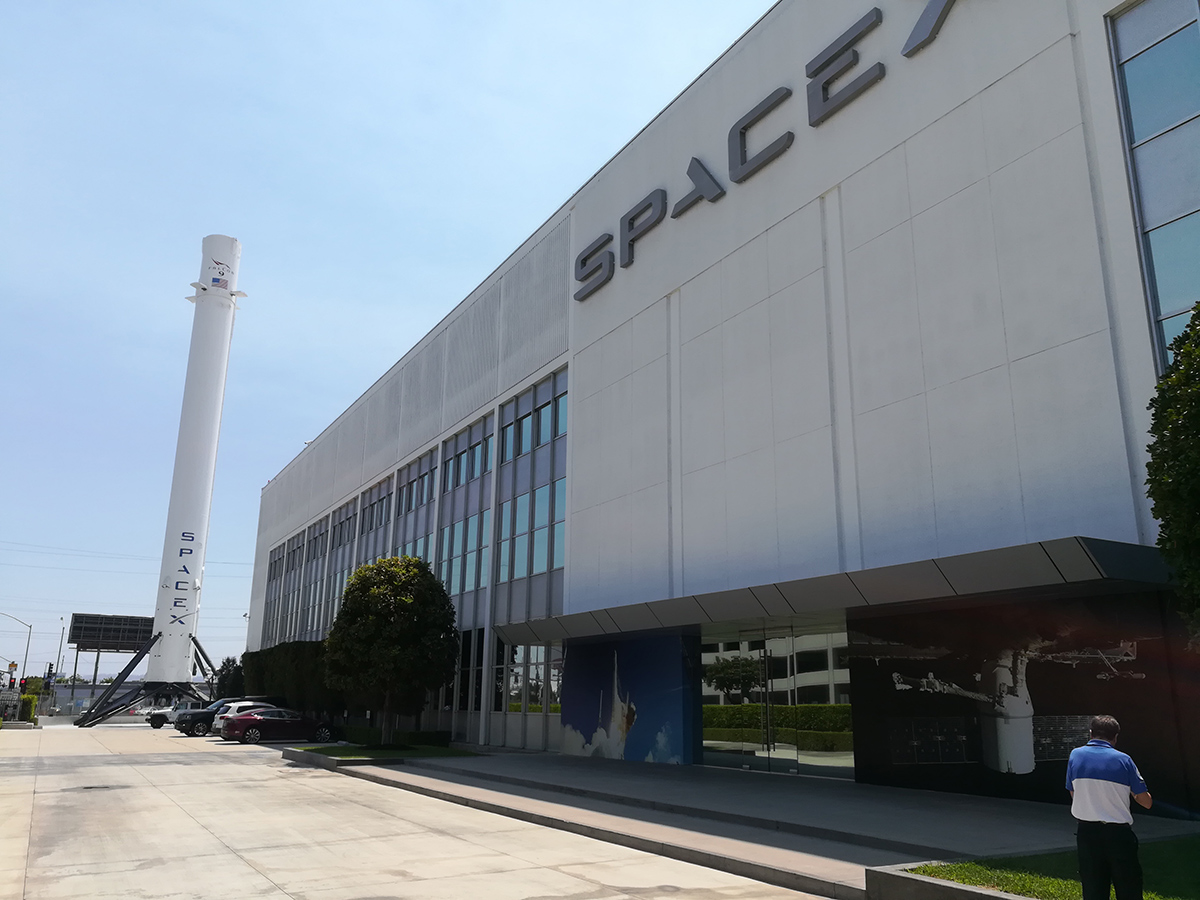 Falcon 9 booster B1019 at SpaceX headquarters in Hawthorne. (Photo: Flickr/Juan Kulichevsky).
Falcon 9 booster B1019 at SpaceX headquarters in Hawthorne. (Photo: Flickr/Juan Kulichevsky).
KCET








